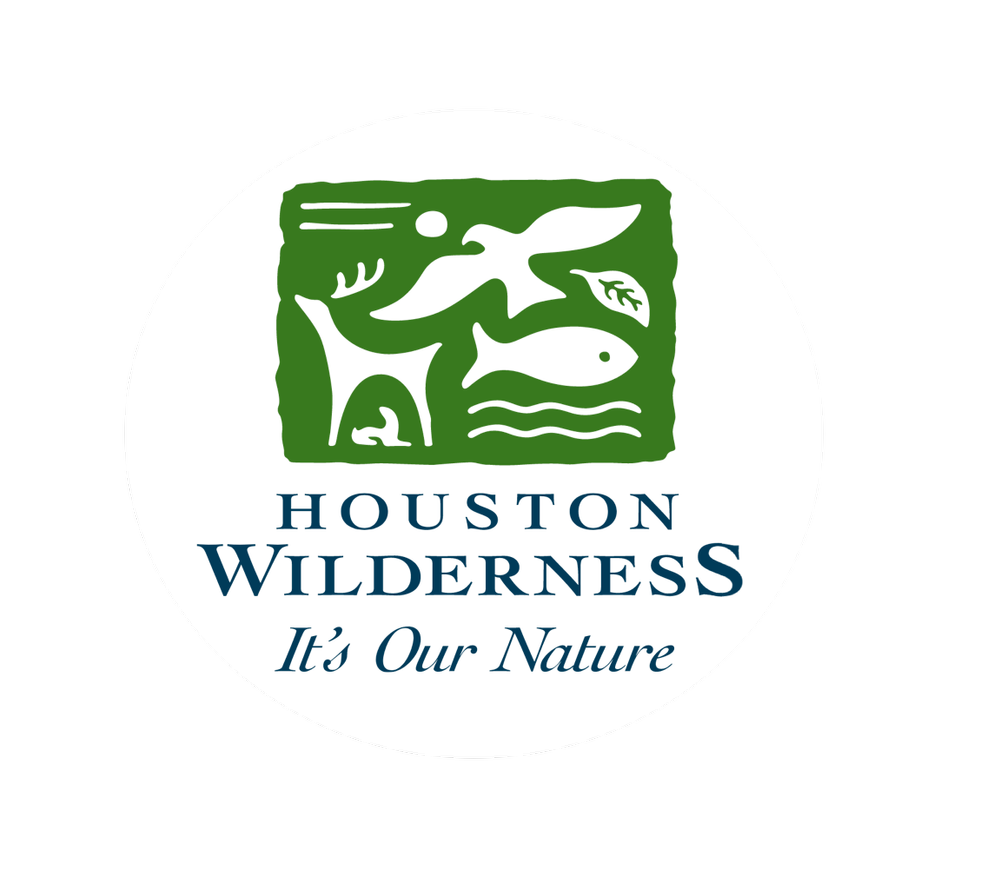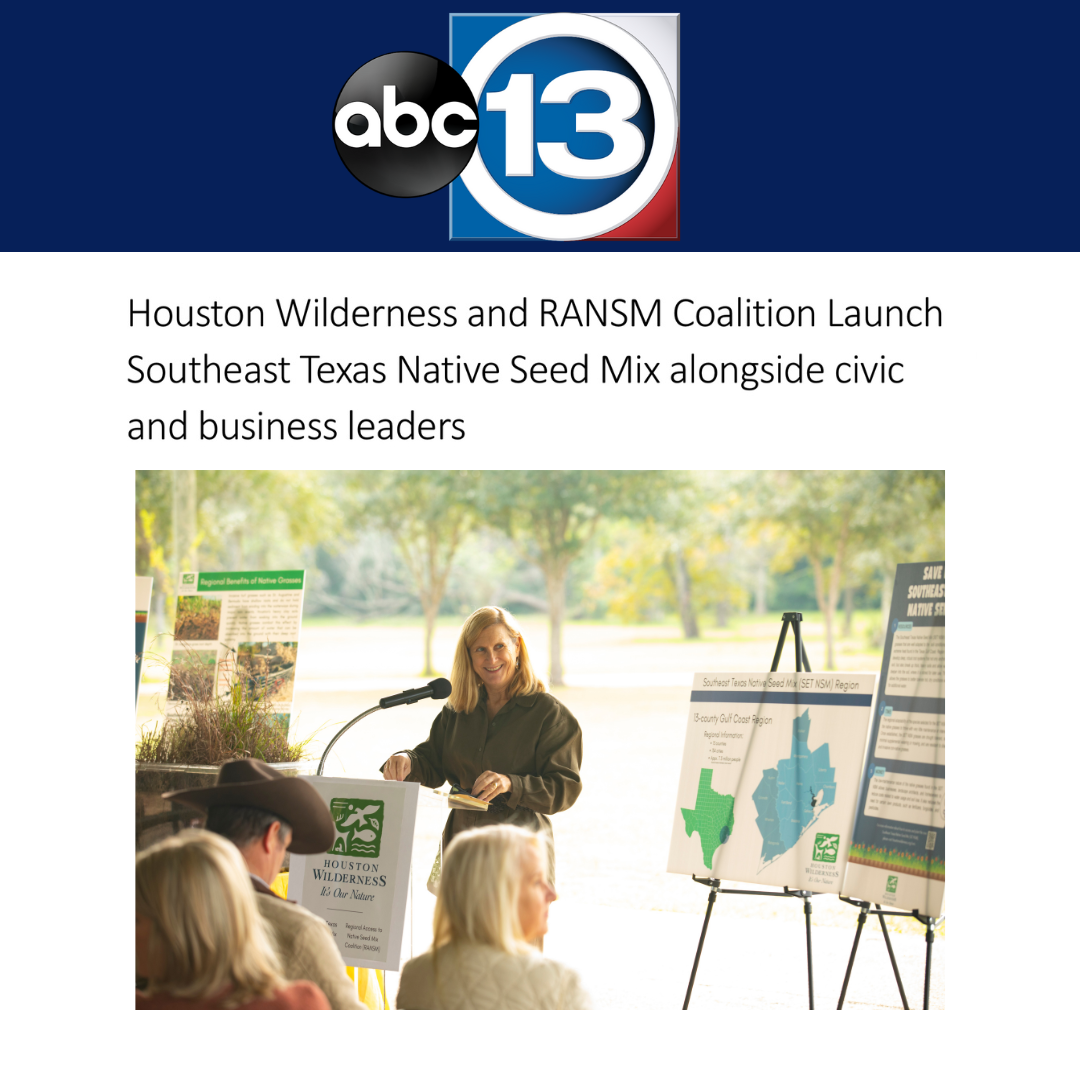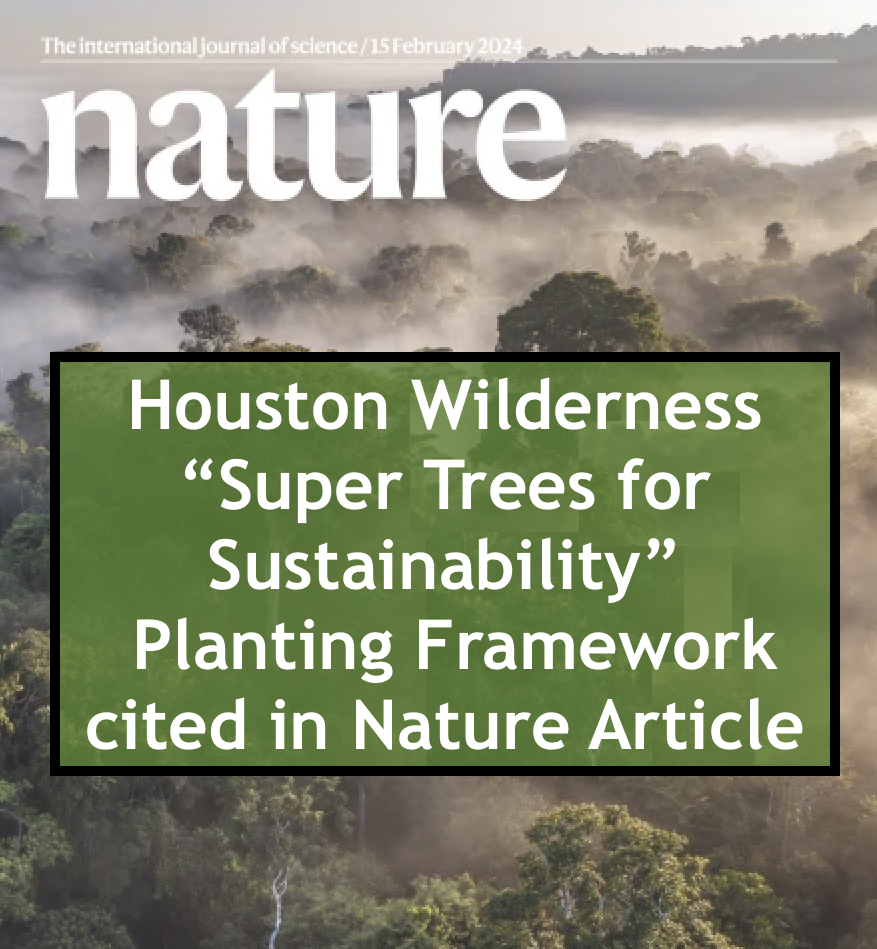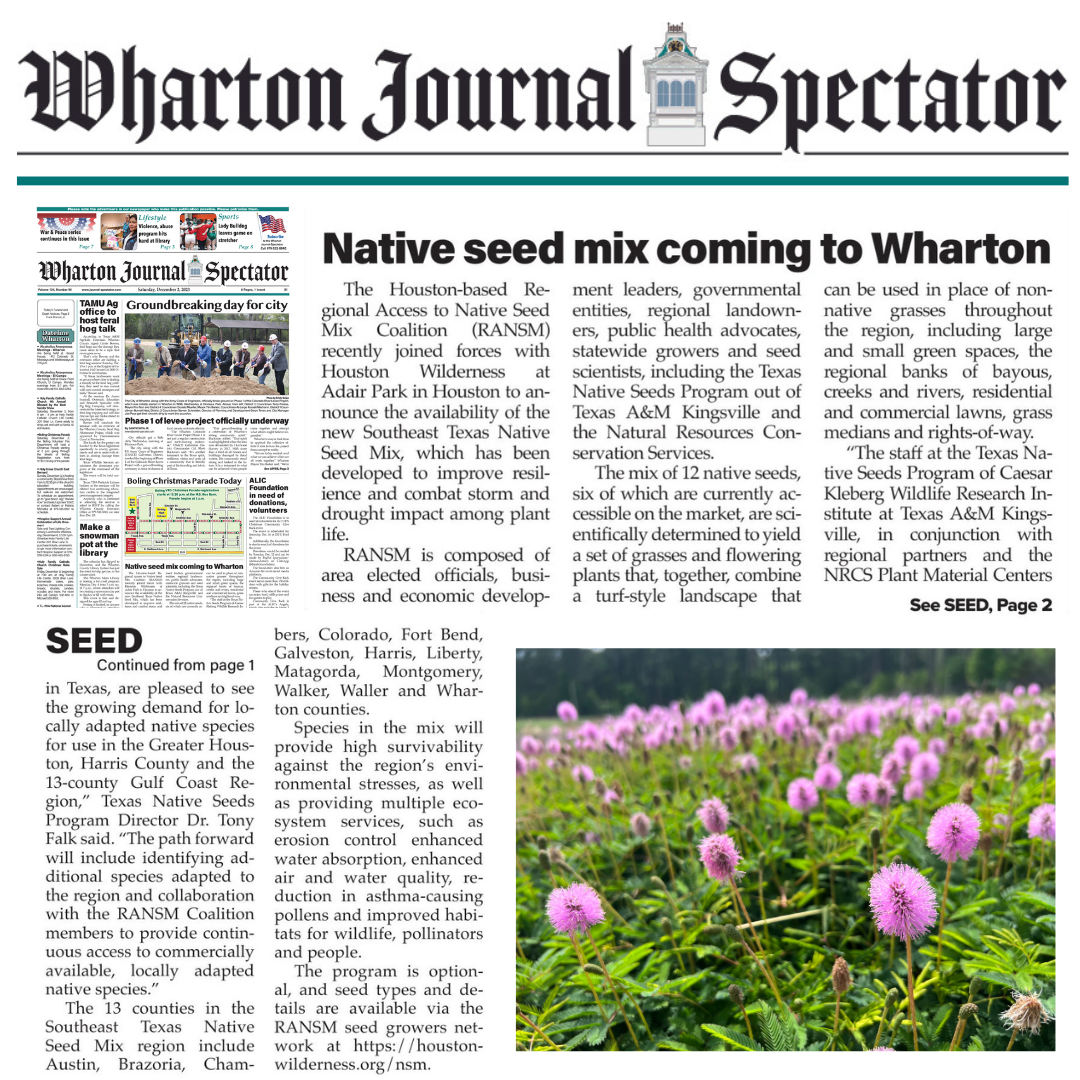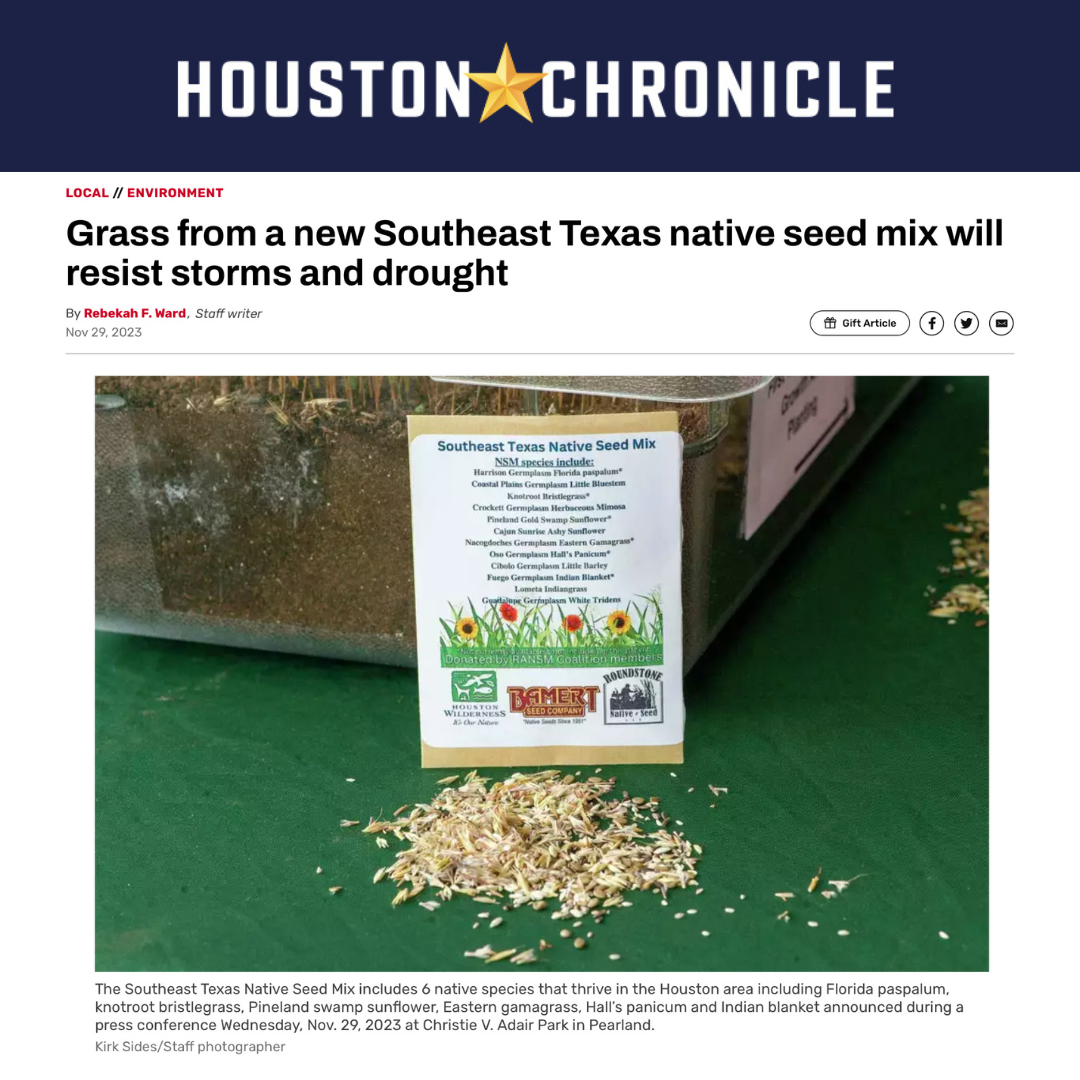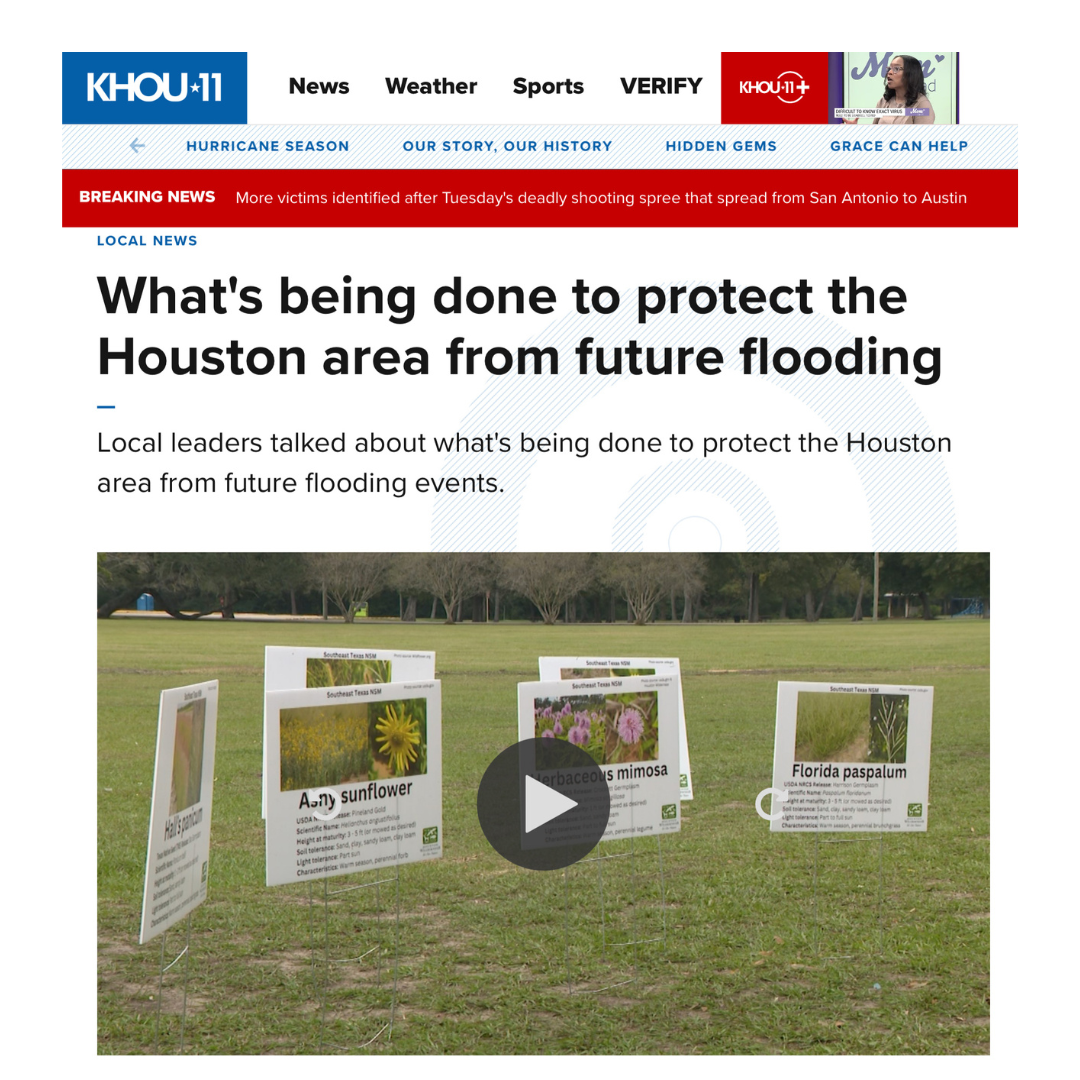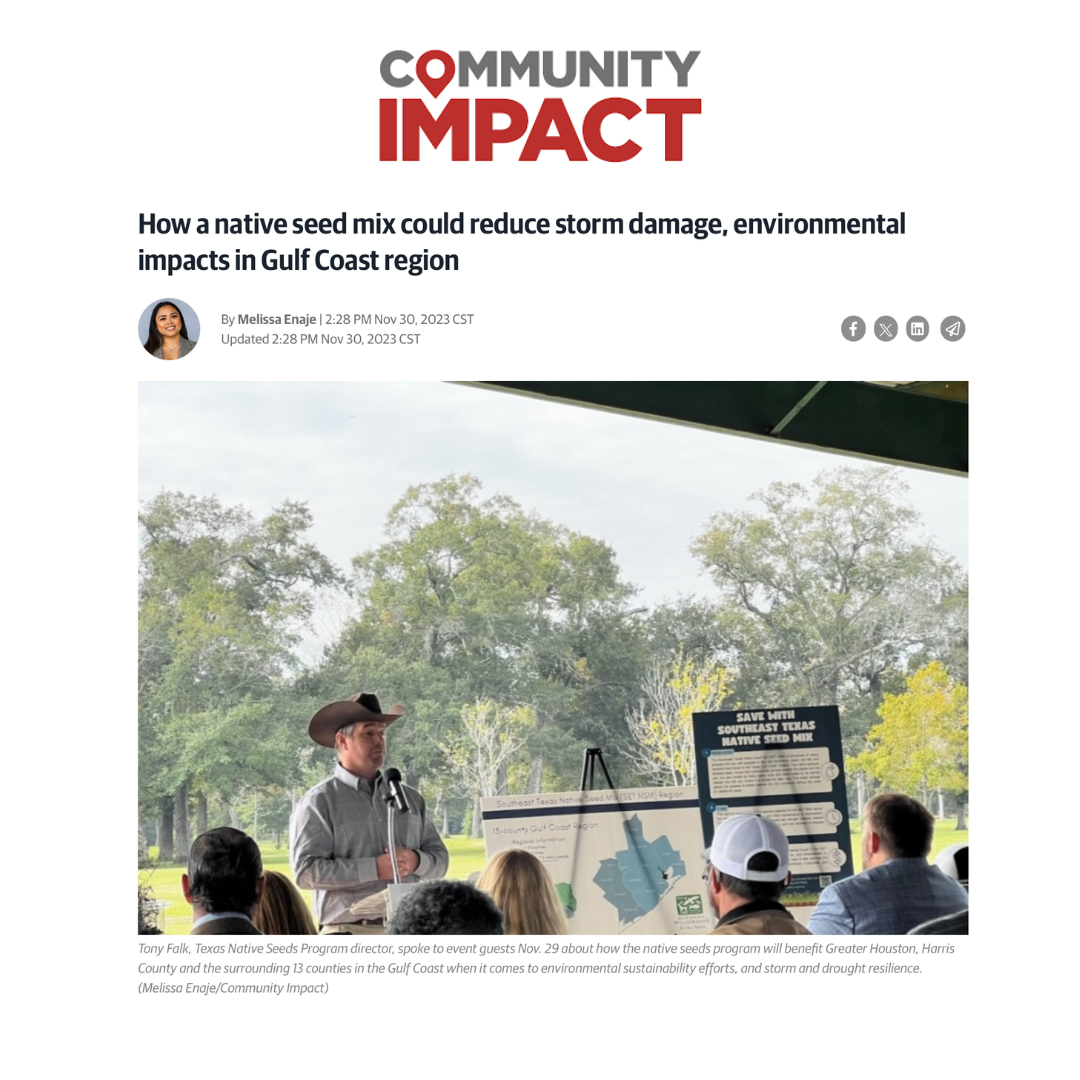GULF OF MEXICO
ABOUT THE GULF OF MEXICO
Surrounded by the United States, Mexico and Cuba, the Gulf of Mexico is 600,000 square miles of warm, sunlit waters and a steady food supply for an array of fish, wildlife and humans alike. Approximately two-thirds of the continental United States drains into the Gulf, including states as far away as Montana and New York. In addition to many creeks and streams, some 33 major rivers find their way to the Gulf. The greatest of these by far is the Mississippi River.
The Gulf of Mexico is endowed with a variety of tremendously productive habitats. Wetlands of the Gulf comprise nearly 50 percent of the nation’s total coastal wetlands. There are important and unique coral reef ecosystems, such as the Flower Garden Banks National Marine Sanctuary. From the deep oceanic systems to the shores of the Bolivar Peninsula, the Gulf of Mexico is a vast and productive system that sustains us as individuals and communities, both above and below its clear blue waters.
South Texas is truly a paradise for birdwatchers. The Texas Coast and the Rio Grande Valley are two of the most popular birding areas in the United States. Corpus Christi was recently named America’s Birdiest City for the seventh year in a row, and the Aransas National Wildlife Refuge is home to one of the rarest birds of all, the Whooping Crane.
Visitors can bike, bird-watch, camp, hike, paddle, fish, swim and more in the ecoregion.
To read more about Gulf of Mexico, download our atlas!
GULF OF MEXICO SITES
TOP 10 FACTS ABOUT...
THE GULF OF MEXICO
1) The beaches of the upper Texas coast are a mixture of sand and silt, flanked by sand dunes and associated wetlands on the landward side and water on the other side.
2) The most popular beaches are Bolivar Peninsula, Galveston Island, Surfside and Matagorda.
3) The Gulf of Mexico is a vast ecosystem, supporting marine mammals, deepwater fishes, Whales, Dolphins, Sharks and millions of smaller fish on which they feed.
4) As the sea level rose with the retreat of the glaciers, barrier islands and sandbars were formed as sediment from rivers and sand were deposited where water and land met.
5) Longshore drift, a current system that moves from the upper coast to Padre Island, helped create one of the world’s best birdwatching places: the Bolivar Flats.
6) One can see hundreds – if not thousands – of birds during a single outing to the Bolivar Flats.
7) The Gulf is the ninth-largest body of water in the world with some 3,400 miles of shoreline and covering 940,000 square miles.
8) Over 1.7 billion pounds of fish and Shellfish are brought ashore in the five states bordering the Gulf.
9) Biologists have counted over 300 species of fish off the Texas shore.
10) Coral reefs, like those in the Caribbean Sea, can be found in the Gulf. The Flower Garden, an area encompassing the East Flower Garden Bank, the West Flower Garden Bank and the Stetson Bank, are coral reefs that grew atop salt domes under the water’s surface. The names come from sailors who, upon seeing the underwater formations, thought they looked like beautiful gardens.
Banner Photo by Mark Bartosik
